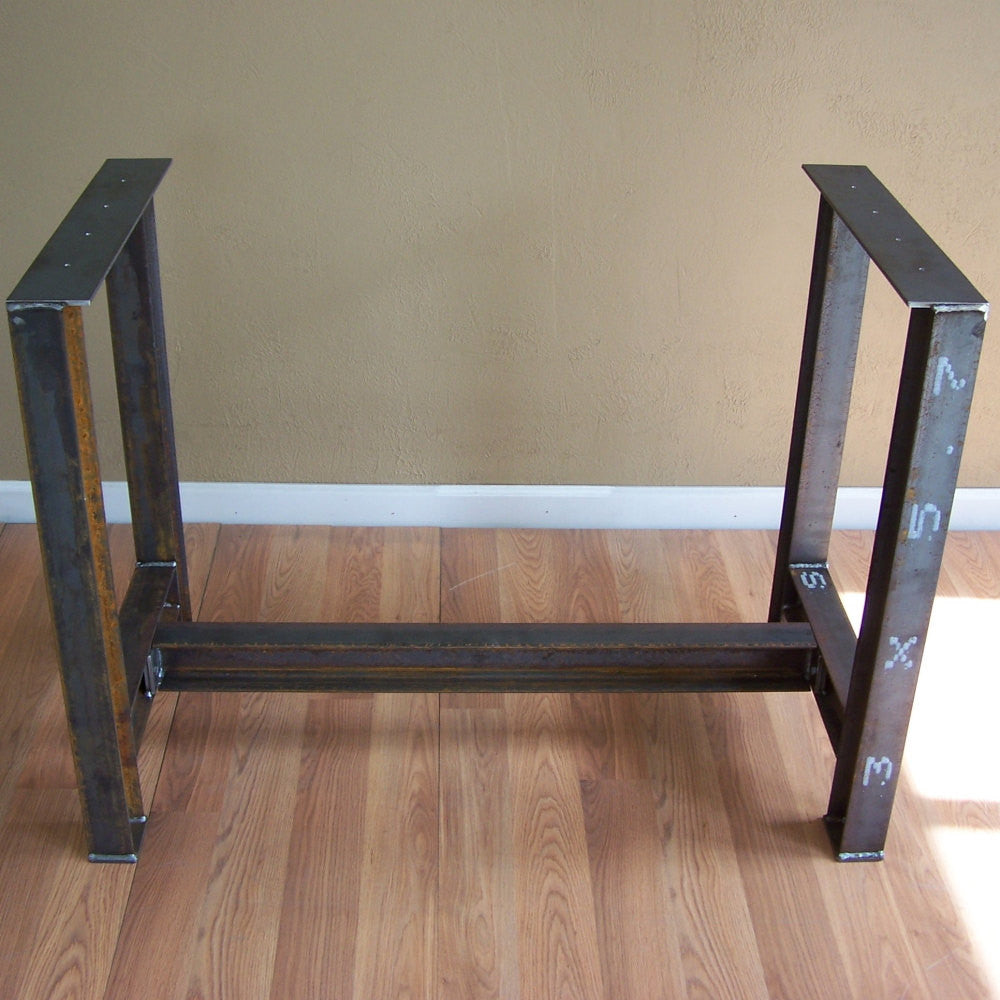Reinvent Your Kitchen's Look with Distinct Legs For Kitchen Island Accessories
Reinvent Your Kitchen's Look with Distinct Legs For Kitchen Island Accessories
Blog Article
A Guide to Selecting the Perfect Legs For Cooking Area Island for Your Home
Picking the excellent legs for your cooking area island is a nuanced choice that influences both the capability and aesthetic charm of this central space. As you consider these elements, it comes to be noticeable that the best legs can transform not only the appearance of your cooking area however likewise its functionality for years to come.

Understanding Cooking Area Island Legs
When choosing legs for a cooking area island, it's necessary to understand their aesthetic and useful roles in the general design. The legs act as a crucial support system, making certain stability and toughness for the island, which frequently works as a work area, dining area, or gathering spot. The selection of material and construction strategy must be robust sufficient to withstand daily usage and prospective wear.
In enhancement to their structural responsibilities, legs add significantly to the island's visual appeal. They can boost the kitchen's style, whether with traditional, modern, or eclectic layouts. The height and proportion of the legs are also critical considerations; they need to balance with the island's kitchen counter height while making sure comfy seating for those making use of the area.
Moreover, the leg style can affect the general flow of the kitchen area. Open, ventilated leg styles can produce a sense of agility, while strong, considerable legs may convey an extra based and stable aesthetic - Legs For Kitchen Island. Understanding these useful and visual aspects will direct homeowners in making informed choices that match their cooking area's style and improve its usability
Popular Styles and Products
The option of legs for a kitchen area island encompasses a selection of popular designs and materials, each offering unique characteristics that can boost both functionality and looks. Conventional legs typically display ornate information and craftsmanship, enhancing traditional kitchen layouts.

Elevation and Stability Factors To Consider

The legs of the kitchen area island should supply adequate assistance, ensuring that the structure can hold up against everyday usage without wobbling or moving. Material option plays a significant function in security; metal legs, for instance, have a tendency to offer higher strength compared to timber.
Matching Your Kitchen Area Visual
Choosing the ideal legs for your kitchen area island goes beyond capability; it likewise plays a significant function in the total visual of the space (Legs For Kitchen Island). When choosing legs, take into consideration the layout style of your kitchen area.
Legs that complement or comparison with great site your island's surface area and bordering kitchen cabinetry can produce aesthetic harmony or striking focal factors. Furthermore, take into consideration the surface of the legs; matte, shiny, or textured surfaces can significantly affect the general feeling of the kitchen.
Installment and Maintenance Tips
Installing kitchen area island legs calls for mindful attention to detail to make certain both security and aesthetic charm. Utilize a stud finder to find wall surface studs if you are attaching the legs to a wall surface or making use of braces for included assistance.
When protecting the legs, utilize high-grade screws and, if needed, wood glue for extra strength. For metal legs, make certain that you are Learn More Here using proper anchors and tools to protect against damages to your flooring. It is recommended to look for levelness after installation, making modifications as needed to avoid tottering.
Upkeep is equally important for durability - Legs For Kitchen Island. Frequently examine the legs for any indications of wear or loosening, especially in high-traffic locations. Clean the legs with a suitable cleaner, staying clear of abrasive products that may damage the surface area. For wooden legs, take into consideration using a timber conditioner regularly to maintain their coating. By adhering to these installation and upkeep suggestions, you can ensure that your kitchen island legs continue to be this website both aesthetically enticing and useful.
Conclusion
Finally, selecting the ideal legs for a cooking area island requires careful consideration of elevation, stability, and aesthetic compatibility. By picking appropriate materials and designs that straighten with the general kitchen layout, performance can be enhanced while keeping aesthetic appeal. Correct setup and ongoing upkeep better add to the durability and longevity of the kitchen area island. Inevitably, thoughtful leg option plays a critical function in elevating both the usefulness and design of the cooking area area.
When selecting legs for a kitchen area island, it's essential to comprehend their visual and useful functions in the total design. Open, airy leg designs can develop a sense of lightness, while strong, substantial legs might share a more grounded and secure visual. The legs of the kitchen island must provide sufficient assistance, ensuring that the structure can stand up to day-to-day use without wobbling or moving.Installing kitchen island legs needs cautious focus to information to ensure both stability and aesthetic charm.In verdict, selecting the suitable legs for a kitchen island requires cautious factor to consider of height, stability, and aesthetic compatibility.
Report this page